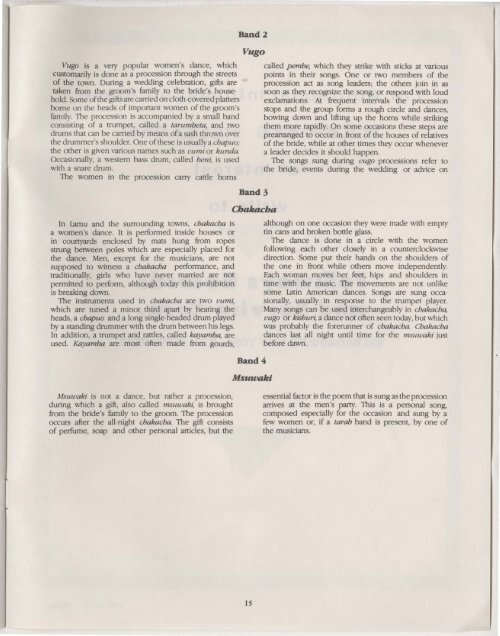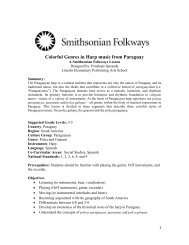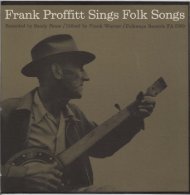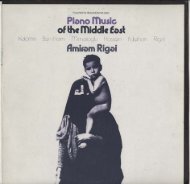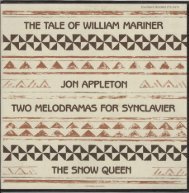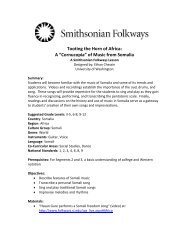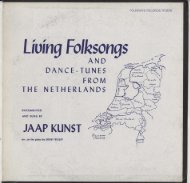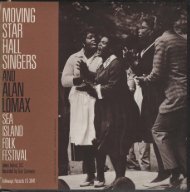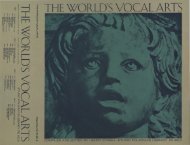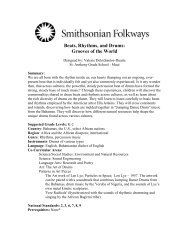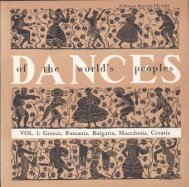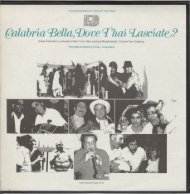entered and circumnavigated <strong>the</strong> enclosure, <strong>the</strong>y formeda line along one side <strong>of</strong> <strong>the</strong> square. At this point, a manemerged from <strong>the</strong> line and began to shout instructionsconcerning which song to sing, <strong>the</strong> position <strong>of</strong> <strong>the</strong>canes and coordination <strong>of</strong> movements. At one point,<strong>the</strong>y all laid <strong>the</strong>ir canes and swords on <strong>the</strong> ground,crossed <strong>the</strong>ir arms on <strong>the</strong>ir chests and swayed from sideto side in unison while continuing <strong>the</strong> gentle shuffle.The dance ended when <strong>the</strong> groom joined <strong>the</strong> lineand <strong>the</strong>y processed away from <strong>the</strong> enclosure and down<strong>the</strong> street, leading him home.The instrumental ensemble for chama consists <strong>of</strong>a large single-headed drum, simply called ngoma kuu,"<strong>the</strong> large drum," which is struck with <strong>the</strong> left hand andwith a stick held in <strong>the</strong> right hand; two vyapuo, smalldouble headed drums played with both hands; utasa, asmall metal plate placed inside a larger one and struckwith a knotted piece <strong>of</strong> rope called ziboj%; and azumari, an oboe-like double reed instrument with fivefinger holes.ZumarlTarab is <strong>the</strong> salon music <strong>of</strong> Uunu. It does not usuallyaccompany dancing, but ra<strong>the</strong>r is heard when men orwomen are lounging during a wedding celebration,passing time until ano<strong>the</strong>r important part <strong>of</strong> <strong>the</strong>festivities begin. It is a recent addition to <strong>the</strong> Uunurepertoire, being borrowed in part from Far Easternsources. None <strong>of</strong> <strong>the</strong> instruments is indigenous to <strong>the</strong>East African coast. In fact, <strong>the</strong> harmonium, <strong>the</strong> twosmall Single-headed drums and <strong>the</strong> bongos are allimported from <strong>the</strong> Far East. On <strong>the</strong> o<strong>the</strong>r hand, <strong>the</strong>poems sung to tarab tunes are in kiswahili and conformto traditional Swahili verse forms. These consist <strong>of</strong> twoshort lines, <strong>the</strong> second <strong>of</strong> which is linked to o<strong>the</strong>r setsBand 3TarabSide 2, Band 1Ktrumbizi<strong>of</strong> lines by a rhyme in <strong>the</strong> last syllable. Some <strong>of</strong> <strong>the</strong>tunes are original to <strong>the</strong> poets, o<strong>the</strong>rs are borrowedfrom Indian movies which are frequently shown in Uunu.This performance by <strong>the</strong> Hararnbee <strong>Music</strong> Club waspart <strong>of</strong> a daily exhibition <strong>the</strong> young men presented in asmall room for <strong>the</strong> pleasure <strong>of</strong> <strong>the</strong>ir friends, <strong>the</strong>mselves,and an occasional tourist. The poem was composed byFamau, <strong>the</strong> singer, who accompanies himself on <strong>the</strong>harmonium with <strong>the</strong> rest <strong>of</strong> <strong>the</strong> group playing <strong>the</strong>rhythmic background. There are several o<strong>the</strong>r groupsplaying tarab in <strong>the</strong> vicinity <strong>of</strong> Uunu, all in competitionwith each o<strong>the</strong>r.Kirumbizi is a highly competitive stick dance whichusually occurs during wedding celebrations. Two menstep around <strong>the</strong> perimeter <strong>of</strong> a large clearing approximatelysixty feet across, carrying sticks in <strong>the</strong>ir righthands. The sticks, called mpweke, are over five feet long.At first <strong>the</strong> men walk in a stylized fashion paying littleattention to one ano<strong>the</strong>r, but soon <strong>the</strong>y turn andapproach <strong>the</strong> center <strong>of</strong> <strong>the</strong> circle. Occasionally one or<strong>the</strong> o<strong>the</strong>r strikes <strong>the</strong> ground with a stick. Finally onestrikes <strong>the</strong> o<strong>the</strong>r's stick a hard blow and <strong>the</strong>n quicklyholds <strong>the</strong> stick and his o<strong>the</strong>r arm in front <strong>of</strong> his ownhead as if to parry a counterattack. Each man does thisuntil someone else enters <strong>the</strong> circle or until one <strong>of</strong> <strong>the</strong>combatants runs to <strong>the</strong> edge and tosses his stick to14someone else.Although <strong>the</strong> competition is basically friendly, oncein a while tempers flare. The lead drummer, playing avumi with two sticks, can control <strong>the</strong> intensity byreducing his intricate drum pattern to a Single beat.Whenever he does this, <strong>the</strong> contestants are supposed toback away and resume <strong>the</strong> circumlocution <strong>of</strong> <strong>the</strong>clearing. On one occasion, a drummer did not slowhis beat in time to prevent a few vicious blows frombeing administered. The surrounding crowd becamevery angry at <strong>the</strong> drummer, not <strong>the</strong> <strong>of</strong>fending dancer.The o<strong>the</strong>r instruments used in kirumbizi are achapuo, a goma, a zumari and an utasa. The vumiis <strong>the</strong> lead drum.
Vugo is a very popular women's dance, whichcustomarily is done as a procession through <strong>the</strong> streets<strong>of</strong> <strong>the</strong> town. During a wedding celebration, gifts aretaken from <strong>the</strong> groom's family to <strong>the</strong> bride's household.Some <strong>of</strong> <strong>the</strong> gifts are carried on cloth-covered plattersborne on <strong>the</strong> heads <strong>of</strong> important women <strong>of</strong> <strong>the</strong> groom'sfamily. The procession is accompanied by a small bandconsisting <strong>of</strong> a trumpet, called a tarumbeta, and twodrums that can be carried by means <strong>of</strong> a sash thrown over<strong>the</strong> drummer's shoulder. One <strong>of</strong> <strong>the</strong>se is usually a chapuo;<strong>the</strong> o<strong>the</strong>r is given various names such as vumi or kunda.Occasionally, a western bass drum, called beni, is usedwith a snare drum.The women in <strong>the</strong> procession carry cattle hornsIn lamu and <strong>the</strong> surrounding towns, chakacha isa women's dance. It is performed inside houses orin courtyards enclosed by mats hung from ropesstrung between poles which are especially placed for<strong>the</strong> dance. Men, except for <strong>the</strong> musicians, are notsupposed to witness a chakacha performance, andtraditionally, girls who have never married are notpermitted to perform, although today this prohibitionis breaking down.The instruments used in chakacha are two vumi,which are tuned a minor third apart by heating <strong>the</strong>heads, a chapuo and a long single-headed drum playedby a standing drummer with <strong>the</strong> drum between his legs.In addition, a trumpet and rattles, called kayamba, areused. Kayamba are most <strong>of</strong>ten made from gourds,Band 2VugoBand 3ChakachaBand 4Msuwakicalled pembe, which <strong>the</strong>y strike with sticks at variouspoints in <strong>the</strong>ir songs. One or two members <strong>of</strong> <strong>the</strong>procession act as song leaders; <strong>the</strong> o<strong>the</strong>rs join in assoon as <strong>the</strong>y recognize <strong>the</strong> song, or respond with loudexclamations. At frequent intervals <strong>the</strong> processionstops and <strong>the</strong> group forms a rough circle and dances,bowing down and lifting up <strong>the</strong> horns while striking<strong>the</strong>m more rapidly. On some occasions <strong>the</strong>se steps areprearranged to occur in front <strong>of</strong> <strong>the</strong> houses <strong>of</strong> relatives<strong>of</strong> <strong>the</strong> bride, while at o<strong>the</strong>r times <strong>the</strong>y occur whenevera leader decides it should happen.The songs sung during vugo processions refer to<strong>the</strong> bride, events during <strong>the</strong> wedding or advice onalthough on one occasion <strong>the</strong>y were made with emptytin cans and broken bottle glass.The dance is done in a circle with <strong>the</strong> womenfollowing each o<strong>the</strong>r closely in a counterclockwisedirection. Some put <strong>the</strong>ir hands on <strong>the</strong> shoulders <strong>of</strong><strong>the</strong> one in front while o<strong>the</strong>rs move independently.Each woman moves her feet, hips and shoulders intime with <strong>the</strong> music. The movements are not unlikesome latin American dances. Songs are sung occaSionally, usually in response to <strong>the</strong> trumpet player.Many songs can be used interchangeably in chakacha,vugo or kishuri, a dance not <strong>of</strong>ten seen today, but whichwas probably <strong>the</strong> forerunner <strong>of</strong> chakacha. Chakachadances last all night until time for <strong>the</strong> msuwaki justbefore dawn.Msuwaki is not a dance, but ra<strong>the</strong>r a procession,during which a gift, also called msuwaki, is broughtfrom <strong>the</strong> bride's family to <strong>the</strong> groom. The processionoccurs after <strong>the</strong> all-night chakacha. The gift consists<strong>of</strong> perfume, soap and o<strong>the</strong>r personal articles, but <strong>the</strong>essential factor is <strong>the</strong> poem that is sung as <strong>the</strong> processionarrives at <strong>the</strong> men's party. This is a personal song,composed especially for <strong>the</strong> occasion and sung by afew women or, if a tarab band is present, by one <strong>of</strong><strong>the</strong> musicians.15


